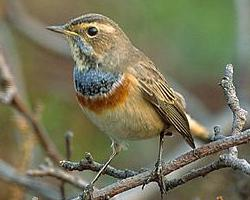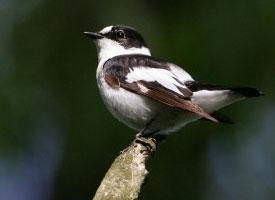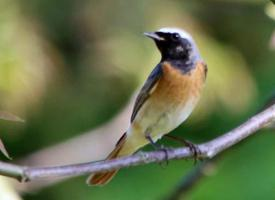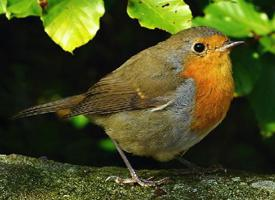
Starea de conservare
| Neînfricat |
Descrierea animalului
The Bluethroat (Luscinia svecica) is a small, beautifully colored bird that captivates the attention of birdwatchers and nature enthusiasts across its vast range. This passerine bird belongs to the family Muscicapidae, which includes thrushes and allies. Measuring approximately 14 centimeters in length and weighing around 15 to 25 grams, the Bluethroat is comparable in size to the common European Robin.One of the most striking features of the Bluethroat is, undoubtedly, its vividly colored throat. Males display a spectacular bright blue bib, bordered below with bands of black, white, and sometimes even a hint of red or pink. This dazzling coloration is not just for show; it plays a crucial role in mating rituals and territorial displays. Females, on the other hand, are more subdued in their appearance, with a paler, less vibrant throat which aids in camouflage while nesting.
The Bluethroat's habitat is as diverse as its range. It can be found in wet, dense underbrush of forests, marshes, and tall grass meadows across Europe, Asia, and in some parts of North America, particularly Alaska. During the winter months, the Bluethroat migrates to warmer climates, including North Africa, the Indian subcontinent, and Southeast Asia. This bird prefers lowland territories but can be found up to the tree line in mountainous regions during the breeding season.
Diet-wise, the Bluethroat is omnivorous but shows a preference for insects, including beetles, flies, and larvae, which it skillfully hunts in its dense, wetland habitat. It also consumes berries and seeds, particularly during the winter months when insects are less abundant.
The Bluethroat is a ground nester, with the female meticulously constructing a cup-shaped nest hidden among dense vegetation. She lays 4 to 7 eggs, which she incubates for about two weeks. Both parents are involved in feeding the chicks, which fledge approximately two weeks after hatching.
Vocally, the Bluethroat is a talented singer, with the male's song comprising a complex and melodious mix of trills, whistles, and warbles. Its song serves multiple purposes, including attracting a mate and defending its territory. Interestingly, the Bluethroat can mimic the calls of other bird species, adding to the complexity and richness of its vocal performance.
Despite facing threats from habitat destruction and degradation, the Bluethroat has a large range and a stable population size, and thus it is classified as Least Concern by the International Union for Conservation of Nature (IUCN). However, ongoing conservation efforts are essential to ensure that this strikingly beautiful bird continues to thrive in its natural habitats across the globe.
Animale similare
Fotografii noi cu animale
Top 10 animale
- Dolphin gull (Leucophaeus scoresbii)
- Diana monkey (Cercopithecus diana)
- Moustached guenon (Cercopithecus cephus)
- Galápagos tortoise (Geochelone nigra complex)
- Stone loach (Barbatula barbatula)
- Japanese macaque (Macaca fuscata)
- Russian tortoise (Testudo horsfieldii)
- Greek tortoise (Testudo graeca)
- Common flying dragon (Draco volans)
- Vendace (Coregonus albula)


